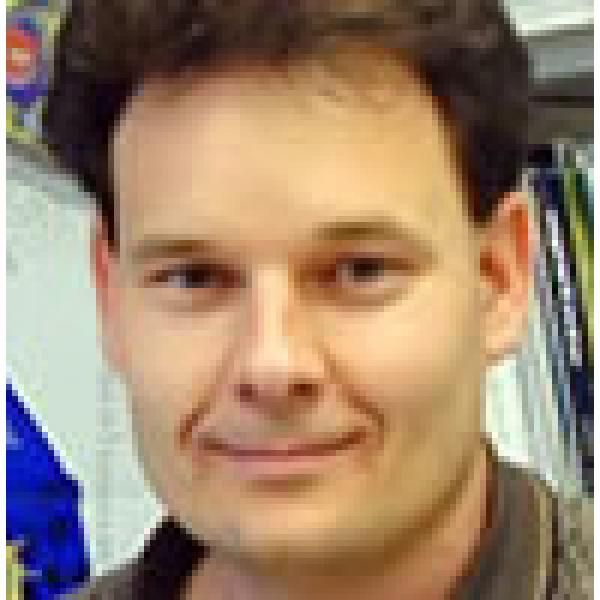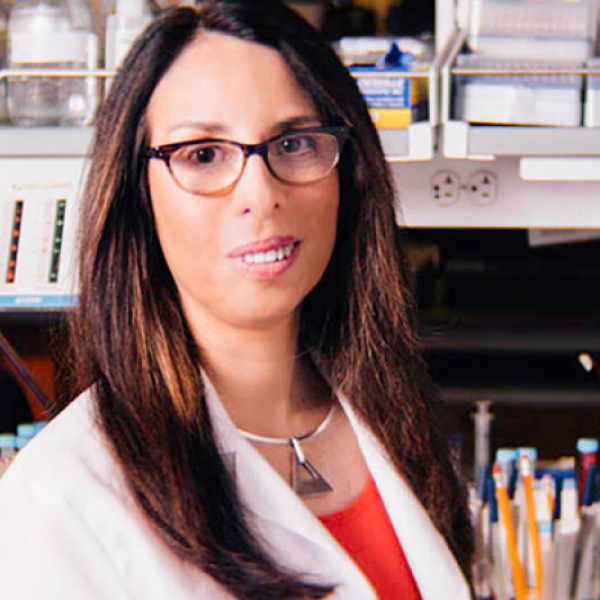Susana Ortiz Urda

Dr. Susana Ortiz Urda developed an interest in the medical field at an early age. As a child in Spain, she was inspired by her father—an inventor and engineer—who often brought his lab equipment home. She loved learning about his latest projects and remembers frequently conversing with him about science and philosophy. Upon discovering that biological processes and physics were closely related, she was motivated to become a physician-scientist.
Ortiz Urda pursued a medical degree and doctorate at the University of Vienna in Austria. She then completed a residency in dermatology and a postdoctoral fellowship in epithelial biology at Stanford University, followed by a fellowship in dermatology at the University of California, San Francisco (UCSF).
Prior to entering the melanoma field, Ortiz Urda’s research focused on immunology and gene therapy of other severe skin diseases. During her postdoctoral fellowship, her colleague and mentor, MRA Scientific Advisor Panel member Dr. Boris Bastian encouraged her to apply her models to the study of melanoma. A few years later, when one of her loved ones was diagnosed with the disease, she committed her work to the melanoma field.
At UCSF, she is Co-director of the Melanoma Center and leads a laboratory studying early melanoma progression and identifying molecular mechanisms of drug resistance. In 2013, she received the Ellis Family-MRA Young Investigator Award to identify mechanisms of drug resistance in patients with NRAS mutated melanoma. Mutations in a gene called NRAS, found in approximately 20 percent of melanoma patients, are usually associated with poor prognosis due to lack of effective treatment options. Several targeted therapy approaches are being tested in clinical trials. However, as seen in the experience with the use of BRAF inhibitors for BRAF mutated melanoma, the duration of clinical response is limited due to drug resistance. Her research hopes to get ahead of this challenge by identifying resistance mechanisms for a set of drugs and will, therefore, be essential to improving treatment options for this subset of melanoma patients. “I hope that my research elucidates why patients develop resistance to treatments and which combination strategies are needed to overcome them,” she says.
As a young scientist getting her melanoma research program established, Ortiz Urda considers funding to be the main obstacle to her research. “My team is extraordinarily driven. Melanoma takes many lives, so motivation is not a problem, but resources are. This far-too-common challenge is a testament to the importance of MRA funding for early career investigators.” In addition to providing critical support for her melanoma research, Ortiz Urda is excited to be a part of the MRA because, “MRA informs researchers, physicians, and others in the community about the latest advancements in the field, which accelerates research,” she says.
As a dermatologist and melanoma researcher, Ortiz Urda is committed to the prevention and early detection of melanoma. She urges the public, “Please protect yourself from the sun and have a check at least once a year. By going to a dermatologist regularly, melanomas can be discovered and treated earlier.”
Ortiz-Urda has received several awards, including the Kardinal-Innitzer Award for Outstanding Science in Dermatology and the Unilever Award from the Austrian Society for Dermatology and Venerology.
Outside of the lab, she enjoys spending time with her children, practicing yoga, and taking her dog for walks.








